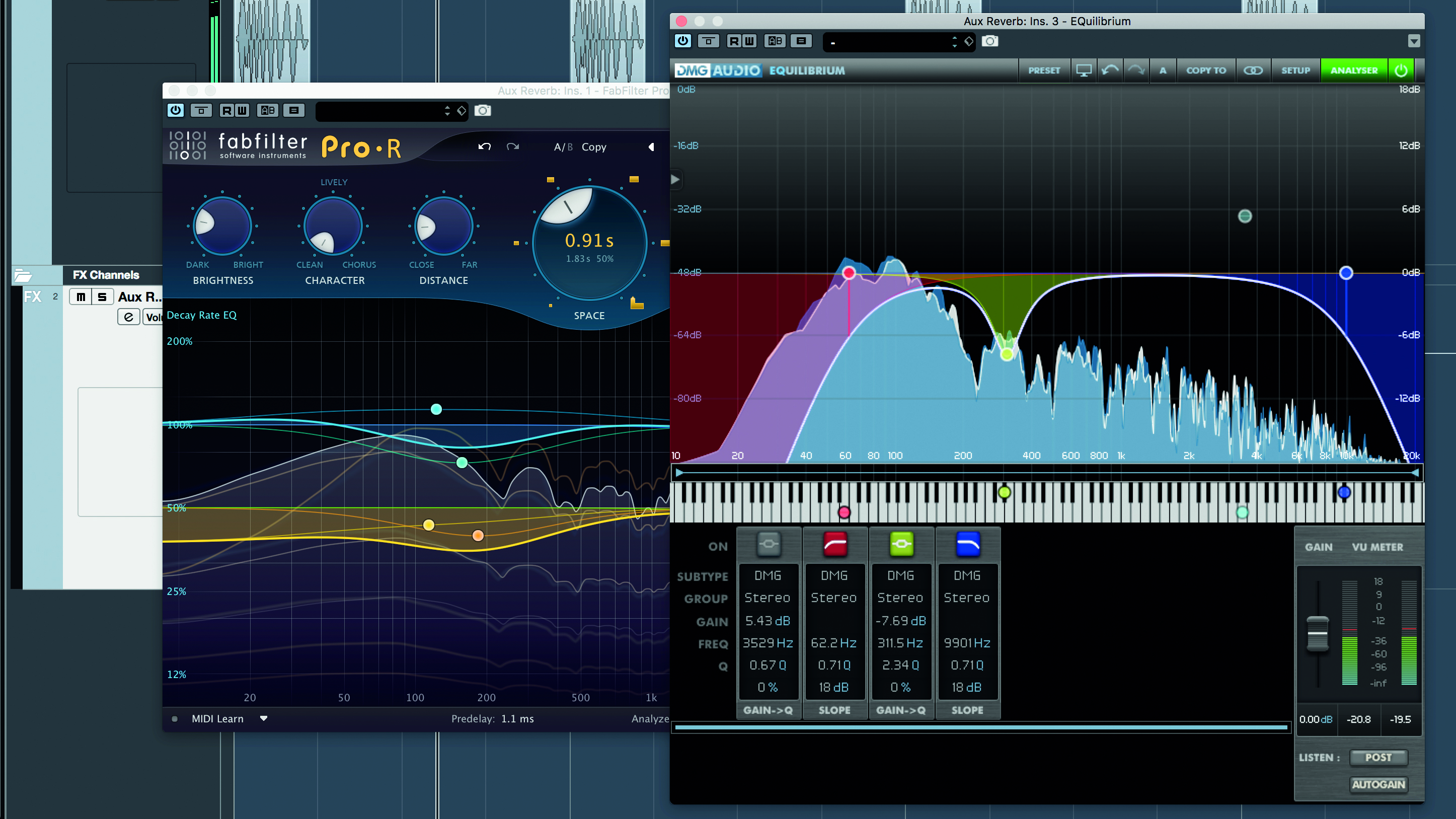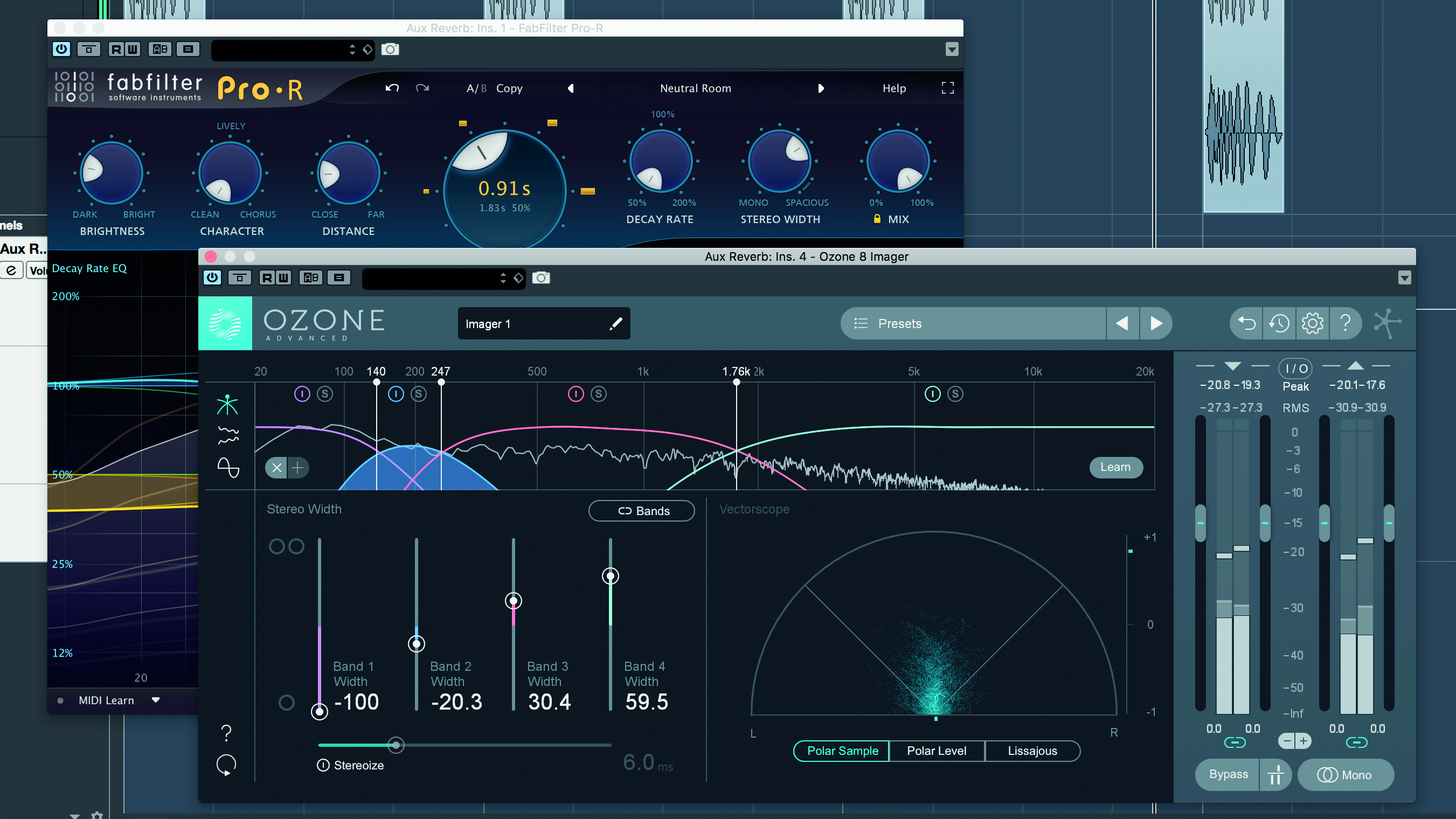How to widen or lengthen a kick drum using virtual ambience
Create virtual ambience with these six tricks

Learn how to create cavernous stereo kicks with this sextet of counterintuitive reverb tricks.

Step 1: It might seem a little illogical, but when paired correctly, kick drums and reverb are, in fact, ideal bedmates. Set up your reverb plugin on an auxiliary return track in your DAW, then send the kick channel to this aux – this’ll allow you to process the reverb signal in isolation.

Step 2: As a general rule, you’ll want to move the bulk of the reverb tail out of the way of the dry signal, preventing it clashing with the main punch of the kick. Do this by either increasing the reverb’s pre-delay time, or by using the dry kick as a trigger to sidechain the wet signal out of the way momentarily.

Step 3: If your track’s kick is rather short and punchy, as is often the case when producing sub-bass-dominant genres such as DnB or bassline house, an application of lengthier reverb can extend the kick’s perceived tail for a psychoacoustic ‘extendening’ effect.

Step 4: For tonal precision, sculpt the ’verb’s frequencies with filtering and EQ. Start by removing the reverb’s sub content with a high-pass filter, which will prevent any muddy low frequencies from clashing with the dry signal, or other low-end sounds in the mix.

Step 5: After that, if the ambience’s tone is masking the dry signal further, move on to more surgical tonal removal up the spectrum. These EQ moves should always be done in the content of the mix, of course.

Step 6: From here, customise the ’verb’s width with a mid/side utility plugin or M/S equaliser. A good approach is to centralise sub and low-mid frequencies more than higher frequencies, but you may be able to get away with more stereo low-mids depending on the particular kick you’re using.
Want all the hottest music and gear news, reviews, deals, features and more, direct to your inbox? Sign up here.
Future Music is the number one magazine for today's producers. Packed with technique and technology we'll help you make great new music. All-access artist interviews, in-depth gear reviews, essential production tutorials and much more. Every marvellous monthly edition features reliable reviews of the latest and greatest hardware and software technology and techniques, unparalleled advice, in-depth interviews, sensational free samples and so much more to improve the experience and outcome of your music-making.
